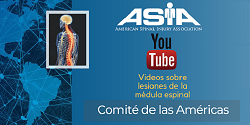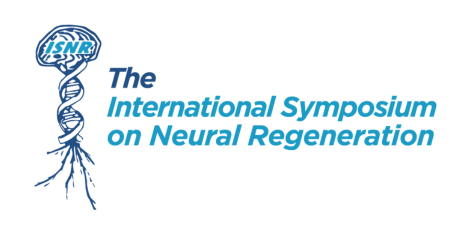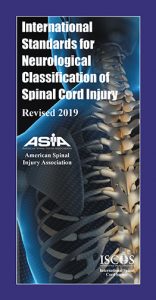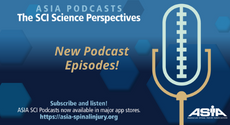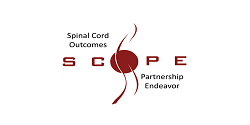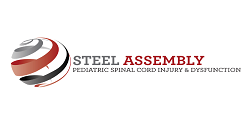.
| Health Maintenance Checklist |
|---|
1. Perform a full skin exam on initial evaluation and annually.
2. Identify key interdisciplinary team members (seating specialist, occupational therapist, physical therapist, wound center, wound nurse, social worker) for patients with impaired mobility and sensation who are at high risk of skin breakdown.
3. Assess risk factors for skin breakdown, including durable medical equipment (wheelchair cushions, mattresses, commode chairs, etc.).
4. Assess sufficiency of home care support.
| Lista de verificación de mantenimiento de la salud |
|---|
1. Realizar un examen completo de la piel en la evaluación inicial y anualmente.
2. Identificar a los miembros clave del equipo interdisciplinario (especialista en posicionamiento, terapeuta ocupacional, fisioterapeuta, centro de heridas, enfermero de heridas, trabajador social) para pacientes con problemas de movilidad y sensibilidad que tienen un alto riesgo de rotura de la piel.
3. Evaluar los factores de riesgo de rotura de la piel, incluido el equipamiento (cojines para sillas de ruedas, colchones, sillas de baño, etc.).
4. Evaluar la suficiencia del apoyo de la atención domiciliaria.
\
| Episodic Care Considerations |
|---|
1. Assess cause of wound with input from interdisciplinary team for deep-tissue pressure injury or partial/full thickness wounds.
2. Assess and document wound location, size, appearance of wound bed, wound edges and peri-wound, and pressure injury stage using National Pressure Injury Advisory Panel Guidelines.
3. Develop wound treatment plan focused on control of infection, removal of necrotic or nonviable tissue, moisture management of the wound environment, and frequency of treatment.
4. Obtain additional home care support services (home care nursing, home health aides) or extended care facility placement if needed.
| Consideraciones de cuidado episódico |
|---|
1. Evaluar la causa de la herida con información del equipo interdisciplinario para lesiones por presión de tejido profundo o heridas de espesor parcial / total.
2. Evaluar y documentar la ubicación de la herida, el tamaño, la apariencia del lecho de la herida, los bordes de la herida y la peri-lesión, y el estadío de la lesión por presión utilizando las Directrices del Panel Asesor Nacional de Lesiones por Presión.
3. Desarrollar un plan de tratamiento de heridas centrado en el control de la infección, la eliminación de tejido necrótico o no viable, el manejo de la humedad del entorno de la herida y la frecuencia del tratamiento.
4. Obtener servicios de apoyo de atención domiciliaria adicionales (enfermería domiciliaria, asistentes de atención médica domiciliaria)
o colocación en un centro de atención extendida si es necesario.

